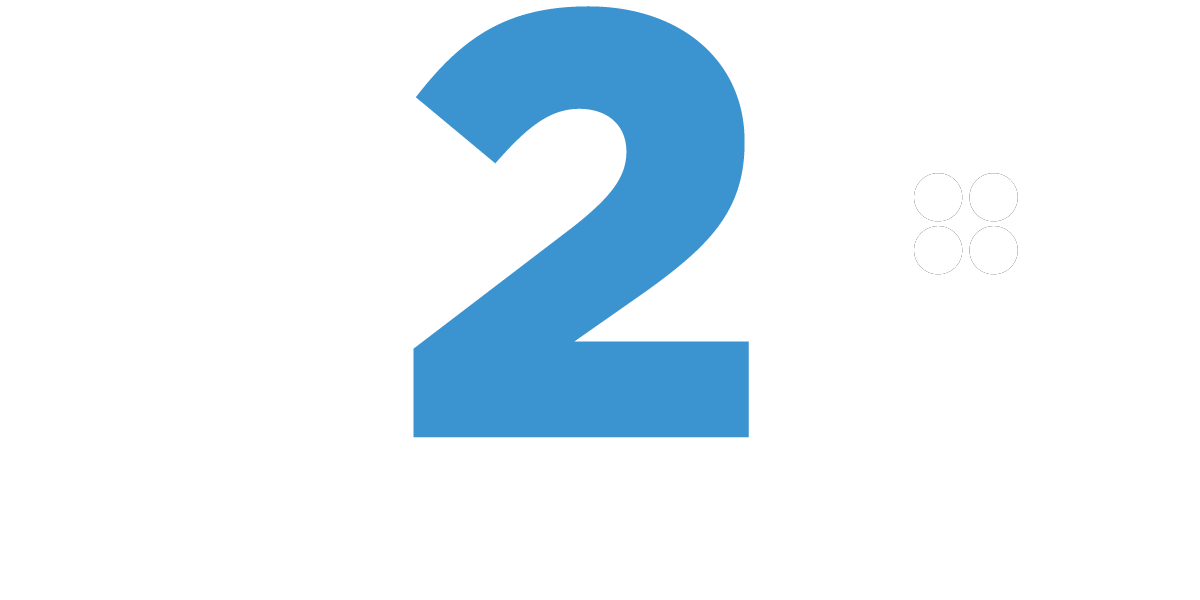Since the birth of Twitter, words such as tweet, twitterer and hashtag (#) among other jargon from the Twitter-sphere have become valid entries in the dictionary. In fact, the hashtag (or metadata tag as it is formally known) has become a digital and real-life phenomenon, with uses ranging from its original Twitter function of categorising information to allegedly being used as a baby name.
So, if you’re looking to reach new potential clients on social media, or to engage existing ones, understanding hashtags is essential and will make your digital life a lot easier.
Why a hashtag? Where did it come from?
The hashtag was first used in 1988 on Internet Relay Chat (IRC): a live interactive internet text messaging service and was used for group communication in forums.
This original use of the hashtag then found its way into the 21st Century, back in 2007 thanks to Twitter user Chris Messina who saw the need to categorise information such as messages and content into groups:
https://twitter.com/chrismessina/status/223115412
It wasn’t until July 2009 that Twitter decided to hyperlink tweeted hashtags so they could be found in Twitter search results. Then Twitter added “Trends” to its homepage: a list showing the most used hashtags by tweeters, making them easily available and more accessible to other users.
Hashtags: Example of marketing success
If used and applied correctly, hashtags can be extremely valuable in marketing campaigns and can generate interest and engagement, especially where giveaways and competitions are concerned. Take this Domino’s Pizza campaign whereby for every person who tweeted the hashtag #letsdolunch, Domino’s would cut the price of a selected pizza by 1p in a given time slot.
Domino's Tweet Treat has begun! Include #letsdolunch in your tweets to knock money of our Pep Passion. Full details http://t.co/kRe4OuOf
— Domino's Pizza UK (@Dominos_UK) March 5, 2012
In one #letsdolunch campaign, users managed to knock down the price of a pizza from £15.99 to £7.74, and Domino’s made this exclusive price available not just to Tweeters, but to all Domino’s customers for a given period of time.
Some corporations have also used hashtags across platforms to great success:
As part of their weekend show, The X Factor now includes a Twitter wheel that displays the best real-time tweets about the show as demonstrated by this post from Twitter Ads UK:
#Xfactor is innovating with the arrival of the Twitter Wheel pulling in Tweets to the live broadcast #TwitterxTV pic.twitter.com/ItXt6OsW20
— X Business Europe (@XBusinessEurope) October 16, 2013
Other programmes also include hashtags on the bottom left or right side of the screen to encourage online engagement. Also increasingly popular is the employment of hashtags on billboards or at the end of promotional videos to engage twitterers to talk about the product or service:
Hashtags: Examples of marketing failures
The huge amount of engagement that hashtags can create for your business can also be dangerous if not monitored and implemented correctly. Take these two examples from huge multi-national corporations who have used hashtags to their detriment:
McDonald’s McDStories
McDonald’s ran a hashtag campaign in which followers were asked to share their “McD Stories”:
Meet some of the hard-working people dedicated to providing McDs with quality food every day #McDStories http://t.co/BoNIwRJS
— McDonald's (@McDonalds) January 18, 2012
But instead of users sharing positive stories about McDonald’s, the corporation had to deal with a lot of negative backlash, mainly fuelled by the press:
I almost had a McDonald's relapse…then I saw the #McDStories campaign. Cravings gone, forever. http://t.co/cNISDLfE
— Kendall (@kendallsf) January 24, 2012
Waitrose also had similar backlash with their campaign:
Finish the sentence: "I shop at Waitrose because ________." #WaitroseReasons
— Waitrose & Partners (@waitrose) September 17, 2012
I shop at Waitrose because Clarrisa's pony just WILL NOT eat ASDA Value straw #waitrosereasons
— Nic Stevenson (@nicstevenson) September 17, 2012
Despite the above, hashtags can be extremely valuable for effective marketing: How?
- Followers and tweets can be organised
- Others can follow specific topics or events
- You can measure the success of your campaign
- Tweeters can see what others find important and what’s trending
How can I make hashtags effective for valuable marketing?
- Use them to promote new or existing products/services
- Use them to increase hype about an upcoming event or campaign
- Use them across platforms for maximum engagement
- Engage a wider range of twitter users by using them in competitions
Remember you’ve only got 140 characters so make your post relevant and clear
Things to avoid:
- Steer clear of making a mistake like McDonald’s or Waitrose by avoiding generalisations. The most successful hashtag campaigns are often those used for specific competitions or giveaways.
- Avoid over-hashtagging. Many tweeters find this annoying
- Make sure your hashtag hasn’t been used already for a large campaign. Of course there are overlaps and some are used with high frequency such as #competition and #win. But make sure you research the hashtag you want to use to make sure it hasn’t already recently been used on a large scale. A bad example of this is when a very high profile murder case in America ended in a not guilty verdict and hashtags of #notguilty were used by tweeters to express their feelings towards the outcome. A manufacturer of baked goods in America then tweeted:
“Who’s #notguilty about eating all the tasty treats they want?!”
Whether it was accidental or with the intent to capitalise on the media/popularity, it is something to be very careful about avoiding.
And finally…
Twitter has provided its users with this very helpful, easy-to-follow infographic about choosing hashtags to make your marketing campaign as successful as it can be.
Have you ever used a hashtag to promote a campaign? Was it effective? Share your comments below or tweet us @clothes2order


